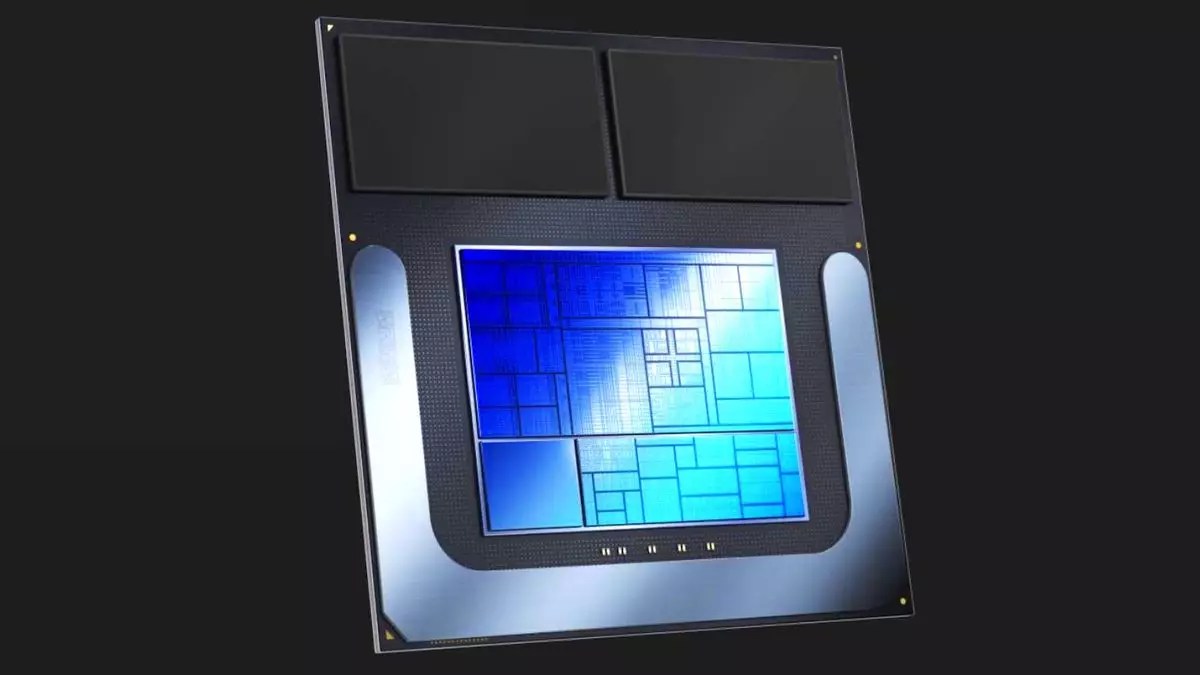Intel recently disclosed new details about its upcoming Lunar Lake mobile CPU architecture, showcasing some performance and power claims. However, the chip manufacturer refrained from providing concrete data to substantiate these assertions. With promises of improved CPU and GPU capabilities, the Lunar Lake architecture represents Intel’s next-gen processors for thin and light laptops, marking a shift from in-house production to outsourcing manufacturing to TSMC using the N3B node.
One of the key highlights of the Lunar Lake architecture is the integration of Battlemage graphics cores, a new addition to Intel’s lineup. The Xe2 GPU is expected to offer a 50% increase in performance compared to the Meteor Lake Core Ultra 7 165U in terms of 3DMark Time Spy scores. While these benchmarks tend to favor Intel’s Arc GPUs, real-world gaming performance remains a question mark, especially considering the modest capabilities of the aforementioned Core Ultra 7 165U with only four Xe cores.
Artificial Intelligence (AI) performance has become a crucial battleground for processor architectures, and Intel is making significant strides in this area with the Lunar Lake chips. The inclusion of XMX matrix engines in the iGPU, along with the dedicated NPU, is expected to deliver over 100 TOPs of AI processing power out of the box. Intel claims that Lunar Lake outperforms Qualcomm’s Snapdragon X Elite chips by 40% in terms of Stable Diffusion AI tasks, signaling a competitive edge in this domain.
Efficiency is a critical factor for mobile CPUs, and Intel is touting its Low Power Island technology as a game-changer in this regard. By delivering twice the compute performance of Meteor Lake, Lunar Lake promises significant power advantages, especially in lightweight applications like Microsoft Teams. The Low Power Island concept, initially introduced with Meteor Lake, is expected to see further enhancements with Lunar Lake, potentially offering better compute capabilities without compromising power efficiency.
As Lunar Lake gears up for release in the mid-year timeframe, Intel’s roadmap also includes Arrow Lake, a new CPU architecture aimed at standard laptops and next-gen desktops. Drawing inspiration from Lunar Lake’s design elements, Arrow Lake is set to utilize similar microarchitectures for Performance and Efficient cores. While Arrow Lake won’t feature the Battlemage-based Xe2 cores, it is likely to be paired with discrete graphics cards for enhanced performance.
Intel’s unveiling of the Lunar Lake architecture, while promising, leaves much to be desired in terms of concrete evidence to support its claims. As the industry awaits the actual performance metrics from independent testing, the competition between Intel, AMD, and Qualcomm intensifies. Ultimately, the success of Lunar Lake and its counterparts will be determined by real-world performance metrics and user feedback, rather than ambitious promises and benchmarks like Microsoft Teams.
While Intel’s Lunar Lake architecture shows potential for delivering enhanced CPU and GPU performance, the actual implementation and performance in real-world scenarios remain to be seen. As the technology landscape continues to evolve, competition among chip manufacturers is expected to drive innovation and push the boundaries of what is possible in terms of mobile computing. It will be interesting to see how Lunar Lake fares when it finally hits the market, and whether it lives up to the expectations set by Intel’s ambitious claims.


Leave a Reply